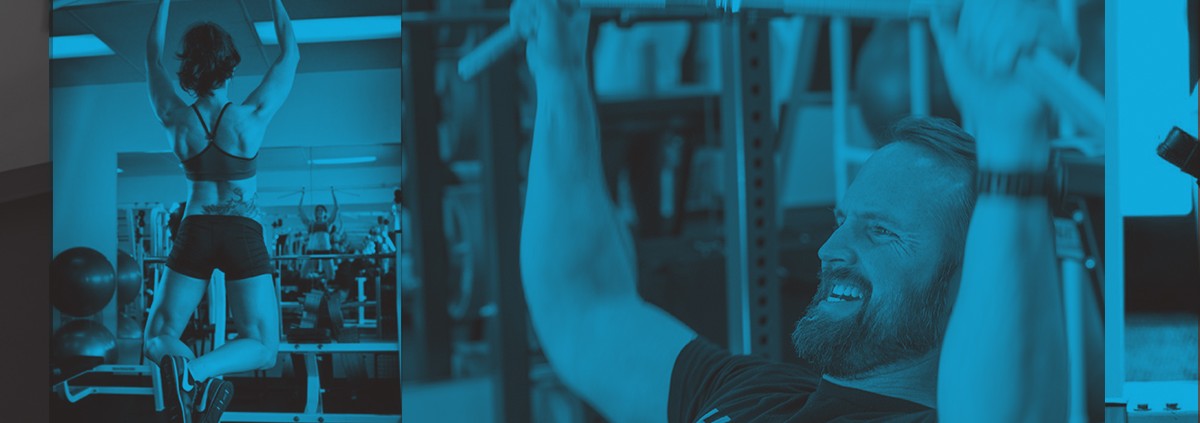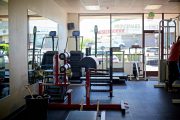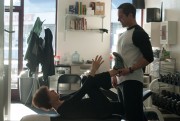5 Exercises You’re Probably Doing Wrong
Squats, lunges, curls – they’re all basic exercises and staples of many workout programs. But here’s a question. Are you sure you’re doing these exercises correctly? The truth is, as common as these exercises are, far too many people are actually doing them wrong. Andrew is back today with what not to do.
Lat Pull Downs
Many people perform the lat pull down with a hunched back, which is a surefire way to cause strain and injury. Proper form for the lat pull down means sitting up straight while keeping your shoulder blades pulled back. As you pull the bar down, keep those shoulder blades pinched in the back and don’t bring the bar down farther than your chin. Pulling the bar down too far can overextend your muscles and cause muscle strain or even tears, so be sure to keep your range of motion in check.
Lunges
If you’re lunging so that your knees extend beyond the toes, you’re not doing it correctly – and you’re probably going to hyperextend a knee. It’s also important that you avoid shifting your position throughout the lunge. Proper form for a lunge is to take a far enough step forward that both knees land at a 90-degree and the forward knee lands in-line with the ankle of the same foot. The most common mistakes when performing a lunge include taking steps that are too shallow, allowing the knee to land beyond the ankle and shifting the waist during each lunge.
Planks
Common mistakes when performing the plank include not sucking in the abdominal muscles, sticking your butt too high in the air, and allowing the back and leg muscles to sag. In order to get the true benefits of the plank, it’s essential to maintain a tight, flexed figure. The abdominal muscles need to be flexed in to prevent strain on the lower back, and the leg and buttock muscles need to be engaged to maintain the flat form through the lower body.
Biceps Curls
The most common mistake is lifting to much weight and using every other muscle besides your biceps to get the weight up. When you lift too much weight, the body will compensate by pulling your elbows inward, transfering the stress of the exercise away from your biceps muscles and onto the muscles in the upper chest and front of the shoulder. Drop your weight and focus on isolating your biceps.
Squats
As you squat down you should keep your chest pushed up high and poke out your buttocks at the bottom of the move. This will help to minimize back injuries. When you reach the bottom of the movement, you should be on your heels as though you are preparing to sit in a chair.
If you are new to doing squats, you might actually want to practice this form in the mirror by sitting on an actual chair or medicine ball without weights. That way you can get the form down before you at any weight, and you can sit down if necessary. When you begin to push back up, you should engage the muscles of the buttocks and squeeze to protect the muscles of the back and stabilize your entire body. The finish point should be back at a full straight up and down figure. Throughout the entire exercise, you should be able to draw a straight line from the center and top of your head through the bottom of your feet. If that line is ever shifted or out of balance, you need to adjust your form.
Questions about these exercises or others? Drop Andrew a line and get his expert advice on technique, or set up a free consultation today to see how a personal trainer might be the missing link to your fitness goals.










Leave a Reply
Want to join the discussion?Feel free to contribute!